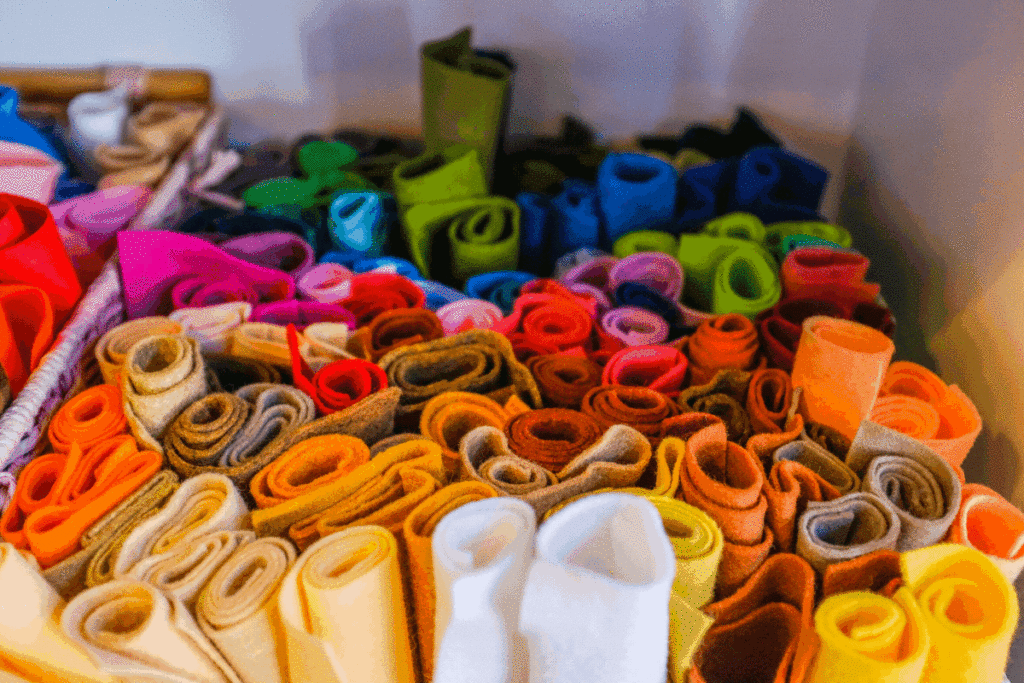Choose the Right Format
The first step in crafting an impressive textile designer resume is selecting the right format. While there are several formats to choose from, two common options for textile designers include:
- Chronological Format: The chronological format is the most traditional and widely used format for resumes. It organizes your work experience in reverse chronological order, starting with your most recent position and working backward. This format is suitable if you have a strong and consistent work history in the textile design field.
- Functional Format: The functional format, on the other hand, focuses on your skills and abilities rather than your work history. It’s an excellent choice if you have gaps in your employment history or if you’re changing careers. This format allows you to highlight your skills and achievements prominently.
Start with a Compelling Summary or Objective Statement
The next step is to create a compelling summary or objective statement that introduces you to potential employers. This section should be concise and impactful, summarizing your key strengths, career goals, and what you can bring to the textile design role. Use this statement to grab the recruiter’s attention and make a strong first impression.
Highlight Your Skills and Accomplishments
In the textile design industry, employers are looking for candidates with a specific set of skills and accomplishments. Make sure to emphasize the following skills in your resume:
- Textile design software: Showcase your proficiency in software such as Adobe Photoshop and Illustrator, which are essential tools for textile designers.
- Fabric selection and sourcing: Highlight your ability to choose the right fabrics for various projects and your experience in sourcing materials.
- Pattern making and garment construction: If applicable, mention your expertise in pattern making and garment construction, as these skills are highly valued in the industry.
- Color theory and trend forecasting: Textile designers should have a solid understanding of color theory and the ability to predict and follow design trends.
- Textile printing techniques: Describe your knowledge of various textile printing techniques, such as screen printing, digital printing, or block printing.
- Strong eye for detail and quality control: Mention your attention to detail and commitment to maintaining high-quality standards in your work.
Additionally, showcase your accomplishments, such as successful textile collections, collaborations with fashion brands, or recognition for innovative designs. Use quantifiable achievements whenever possible to demonstrate your impact.
Include Relevant Work Experience
When listing your work experience, focus on positions that are directly related to textile design. Provide detailed descriptions of your roles and responsibilities, emphasizing your contributions to design projects, your role in the creative process, and any leadership or project management experience. Highlight experiences that demonstrate your ability to work with fabrics, patterns, and design concepts.
Showcase Your Education and Professional Development
Your education and professional development play a crucial role in your textile designer resume. Include information about your educational background, such as degrees earned and the name of the institution. If you’ve taken relevant courses or certifications, be sure to mention them. For example, if you’ve completed courses on textile design techniques or attended workshops on color theory, include them to showcase your commitment to ongoing learning and skill development.
Create an Impressive Portfolio
In the textile design industry, a strong portfolio is essential to visually showcase your work. Include a link to your online portfolio or attach a PDF version of your work samples directly to your resume. Ensure that your portfolio includes a variety of textile designs, patterns, and projects that demonstrate your creativity, technical skills, and versatility. Keep your portfolio updated with your latest work to provide a comprehensive view of your abilities.
Tailor Your Resume to the Job Description
Lastly, make sure to tailor your textile designer resume for each job application. Research the company and carefully review the specific requirements of the position. Use keywords and phrases from the job description to optimize your resume for Applicant Tracking Systems (ATS). Customize your resume to align with the company’s needs, emphasizing the skills and experiences most relevant to the role you’re applying for.
Conclusion
Crafting an impressive textile designer resume requires careful attention to detail, a focus on relevant skills and accomplishments, and the ability to showcase your creativity and expertise through a well-curated portfolio. By following these steps and tailoring your resume to each opportunity, you can increase your chances of standing out in the competitive world of textile design and landing your dream job.
Key Takeaways:
- Choose the right resume format based on your work history and career goals to effectively present your qualifications.
- Craft a compelling summary or objective statement that grabs the recruiter’s attention and provides a snapshot of your strengths and aspirations in the textile design field.
- Highlight your textile design skills prominently in your resume, emphasizing your proficiency in design software, fabric selection, pattern making, color theory, and quality control.
- Include relevant work experience that showcases your contributions to design projects, creative process involvement, and leadership or project management experience.
- Showcase your education and professional development by mentioning your degrees, certifications, and any additional courses or workshops related to textile design to demonstrate your commitment to continuous learning.
- Create an impressive portfolio that visually displays your textile design work, including a variety of designs, patterns, and projects that reflect your creativity, technical skills, and versatility.
- Tailor your resume to each job application by researching the company and aligning your qualifications with the specific requirements of the position to increase your chances of success.
To further enhance your textile design skills and increase your marketability, consider enrolling in the FIDM Fashion Design online course and certificate program offered by Yellowbrick. This comprehensive program will provide you with valuable insights, practical experience, and industry-relevant knowledge to excel in the field of textile design. Don’t miss the opportunity to take your textile design career to the next level and stand out in the competitive world of fashion and textiles.



